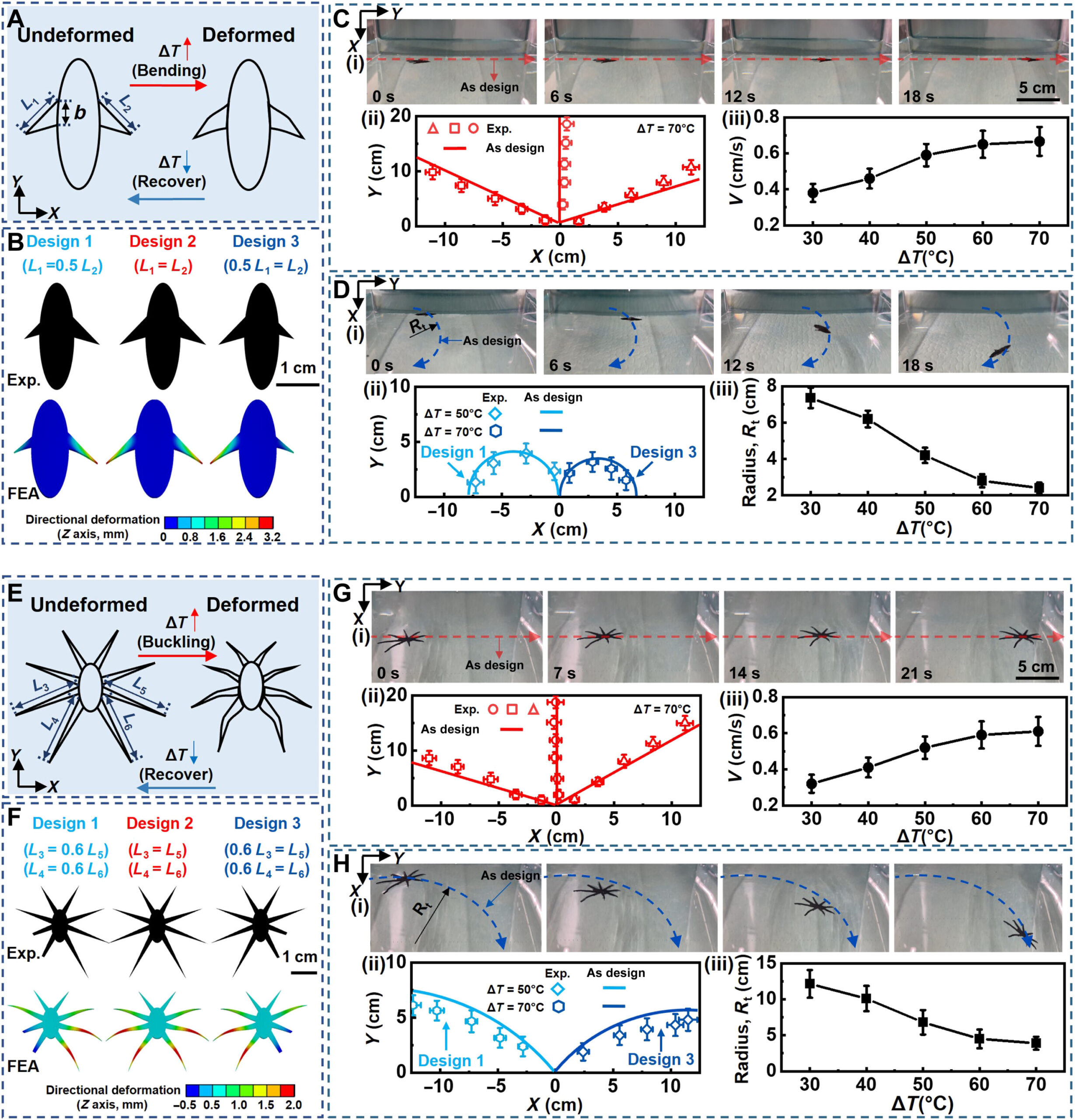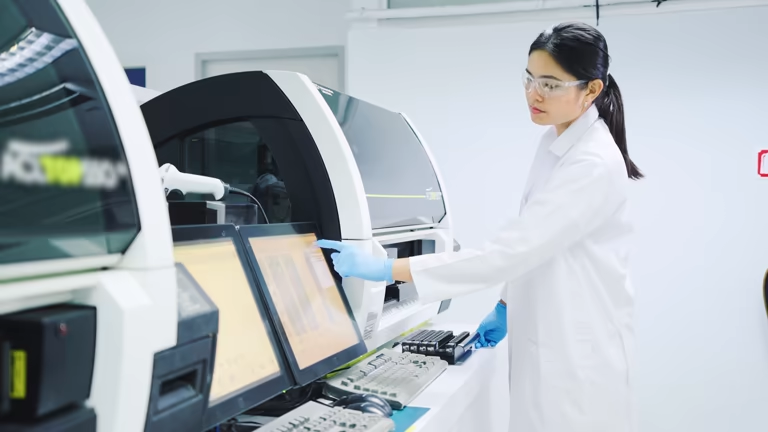Imagine standing by the edge of a calm lake. The surface glitters in the sun, and suddenly you notice a small insect, a water strider, gliding effortlessly across the water. It moves with precision and balance, almost as if it were dancing. This simple yet mesmerizing act of walking on water has inspired scientists for generations, and now researchers at the University of Virginia’s School of Engineering and Applied Science are turning that natural wonder into futuristic technology.
They have created two remarkable prototype robots—HydroFlexor and HydroBuckler—that can propel themselves across liquid surfaces. These tiny machines may someday monitor water quality, track pollution, or even assist rescuers during floods. Their design is a marriage of cutting-edge engineering and deep inspiration from nature’s own water-walking experts.
The Power of HydroSpread
At the heart of this breakthrough lies a technique called HydroSpread. The challenge of making robots that move on water is not just about balance but also about the material itself. To float and move, robots need films that are both ultrathin and strong, yet flexible enough to bend and buckle. Traditional methods required these films to be manufactured on solid surfaces like glass before being transferred to water—a delicate process that often resulted in cracks or failure.
HydroSpread changes the game by allowing films to be fabricated directly on the water itself. Researchers deposit a liquid polymer ink onto the surface, where it naturally spreads into a seamless ultrathin film. Using a laser, they can then cut and shape this floating sheet into legs, paddles, and body parts for the robots. It’s like sketching a machine directly onto the water, avoiding fragile transfers altogether.
The resulting films are not just thin—they are bilayered, composed of two layers that respond differently to heat. When exposed to an infrared source, the layers expand at different rates, causing the film to bend, twist, or buckle. This carefully controlled deformation creates movement, giving life to the HydroFlexor and HydroBuckler.
HydroFlexor and HydroBuckler in Motion
HydroFlexor glides across the surface with smooth, fin-like paddling motions, echoing the strokes of a swimmer. HydroBuckler, on the other hand, “walks” forward by buckling its legs in a style reminiscent of water striders. Each approach demonstrates a unique way of harnessing the bending power of bilayered films, showing that soft materials can be engineered to move purposefully and efficiently across liquid surfaces.
Watching them move is both captivating and eerie—it feels like a glimpse into a future where machines and nature blend seamlessly. These prototypes are small today, but the concept they represent is vast in potential.
Robots Born on Water
The elegance of the HydroSpread technique lies in its simplicity and adaptability. By printing directly onto water, researchers eliminate one of the biggest bottlenecks in soft device fabrication: the fragile step of transferring materials. This method doesn’t just work with one type of ink or one type of liquid—it’s versatile, capable of creating films with a variety of compositions.
That flexibility means these techniques could be scaled up for mass production. One can imagine entire swarms of soft robots assembled directly in liquid environments, ready to explore, monitor, or interact with the water they’re born upon.
Beyond the Surface: Real-World Applications
The promise of this research reaches far beyond the lab. Picture a network of HydroBucklers quietly patrolling a reservoir, measuring toxins, oxygen levels, or microbial activity. Imagine HydroFlexors released into flooded regions, their gentle paddling helping them navigate debris as they search for stranded survivors or detect hazardous chemicals.
The potential extends beyond water-based robotics. The ultrathin films themselves could transform other industries. Their resilience and flexibility make them ideal candidates for wearable medical devices that must bend with the body yet remain durable. They could also form the foundation of next-generation electronics that are not only lightweight and foldable but able to survive repeated bending without breaking.
A Bridge Between Nature and Technology
What makes this development especially striking is its poetic connection to the natural world. The HydroFlexor and HydroBuckler are not brute-force machines but delicate, soft devices that echo the grace of insects on water. They embody a philosophy of design that looks to biology for guidance—one where engineering doesn’t fight against nature but learns from it.
The team’s work underscores the growing field of soft robotics, which emphasizes flexibility, adaptability, and resilience rather than rigid strength. By bridging the gap between soft films and functional devices, HydroSpread provides a streamlined path toward machines that can operate in environments too fragile or complex for traditional robots.
The Road Ahead
This achievement is not an endpoint but a beginning. The current prototypes are proof of concept, showing that robots made directly on water can move with purpose. The next steps will involve refining their designs, integrating sensors, and scaling production so that swarms of these soft robots can tackle real-world challenges.
Beyond robotics, the HydroSpread method itself may prove transformative. By reimagining how ultrathin films are created and used, it opens doors to innovations in medicine, electronics, and materials science. It suggests a future where flimsy sheets of polymer ink, when treated with creativity and precision, can become powerful tools for solving global problems.
Conclusion: Walking Into the Future
Physics, biology, and engineering converge in these tiny robots that walk on water. They remind us that inspiration often lies in plain sight—in the delicate legs of a water strider skimming across a pond. By harnessing the lessons of nature and coupling them with technological ingenuity, researchers have created a new pathway for robotics and materials science.
The HydroFlexor and HydroBuckler may be small, but they symbolize something vast: the possibility of designing machines that live in harmony with the environments they explore. They promise a future where robots are not just tools but companions in our quest to understand, protect, and thrive within the natural world.
And so, as these tiny robots ripple across the water’s surface, they carry us forward—not only into new technologies but into a new way of imagining what is possible when we let science and wonder move together.
More information: Ziyu Chen et al, Processing soft thin films on liquid surface for seamless creation of on-liquid walkable devices, Science Advances (2025). DOI: 10.1126/sciadv.ady9840






